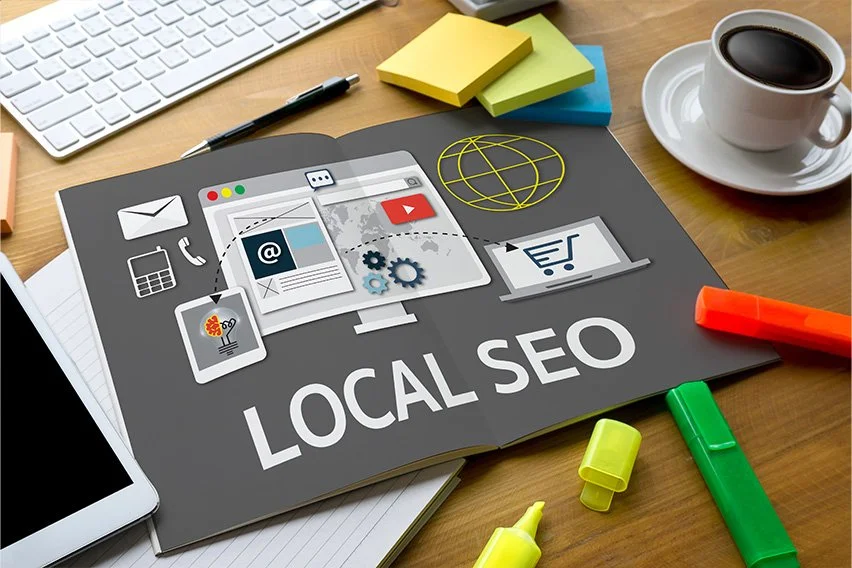Technology has transformed nearly every industry in profound ways over the past decade. Governments worldwide are harnessing innovative digital tools and emerging technologies to reinvent public service delivery models and build future-ready systems. This article explores 6 cutting-edge technology trends governments are leveraging to optimize processes, enhance citizen experience, and strengthen governance systems.
1. Artificial Intelligence For Smarter Policymaking
AI is powering entirely new paradigms of data-driven decision-making in governments. Advanced algorithms can process vast amounts of unstructured data from multiple sources and extract actionable insights. AI tools analyze policy papers, legislative texts, economic trends, and public feedback to provide customized recommendations for policy formulation.
Chatbots and virtual assistants incorporate AI to provide convenient 24/7 support to citizens. AI also aids strategic resource allocation through forecasting and simulation of ‘what-if’ scenarios. Tools like IBM’s Watson are helping governments answer queries, detect anomalies, and streamline administration. As AI capacities grow, we will witness more anthropic systems proactively addressing emerging citizen needs.
2. Blockchain For Transparent Services
Blockchain brings transparency and immutability ideal for governance domains. Countries are exploring their potential in land records, supply chain oversight, education certificates, healthcare records, voting, taxation, and benefits disbursements. Signature workflows on shared ledgers prevent document tampering while enabling traceability.
Estonia pioneered e-governance using a blockchain-backed digital ID system providing 1.3 million citizens access to over 4,000 services. Other nations are following suit to introduce verifiable digital services. Blockchain ensures the integrity of transactions promoting transparency and eliminating third-party intermediaries, expediting processes.
3. Cloud Adoption For Agility
Transitioning infrastructure onto scalable cloud models allows governments to stay nimble and on-demand while avoiding upfront capital expenditures. Cloud-based platforms facilitate economies of scale, provide high availability, and enable mobility of operations.
Software for governments transitioned to the cloud to become more flexible, resilient, and easy to scale as per evolving needs. Transitioning legacy systems is complex but the cloud offers pay-per-use pricing bringing significant cost savings compared to physical data centers and servers over the long term. Hybrid models combining on-premise and cloud infrastructure can maximize these benefits.
4. Internet Of Things For Smarter Cities
IoT devices are enabling data collection at an unprecedented scale, powering smart city vision. Using sensors, these devices generate real-time insights into traffic patterns, pollution levels, resource consumption, and more. Advanced analytics on these datasets help optimize everything from waste management to power distribution.
Smart street lights, traffic signals, utility meters, CCTVs, etc. create a connected, digitally coordinated urban infrastructure enhancing the safety, sustainability, and experience of citizens. Cities in Asia and Europe are deploying IoT aggressively to address the challenges of rapid urbanization through innovative governance.
5. Augmented Reality For Immersive Services
AR overlaying digital interfaces onto the real world brings a new dimension to civic engagement. Australia is developing an AR app empowering field officers with 360-degree property information during site visits. Citizens can experience proposed infrastructure projects in AR before approval.
AR/VR transport users inside complex 3D city models for effective spatial planning. It can educate farmers through virtual demonstrations of advanced techniques. Immersive technologies are transforming how governments design programs and collect localized feedback to strengthen communities.
6. 5g Powering The Future
5G will unleash a whole new wave of innovations across industries including governance. Its superfast, low-latency connectivity can support mission-critical applications. Drones, robotic process automation, and autonomous vehicles will scale new heights with 5G.
Emergency response teams will get real-time video feed and sensor data through 5 G-powered body-worn cameras. Smart city projects integrating diverse IoT systems will become truly pervasive. Overall, 5G will be the future nervous system transmitting unprecedented data volumes for powering digital democracies worldwide.









